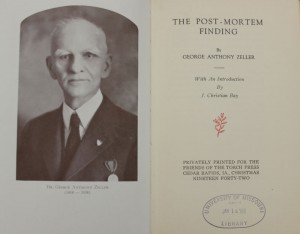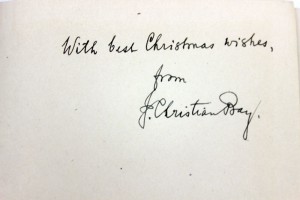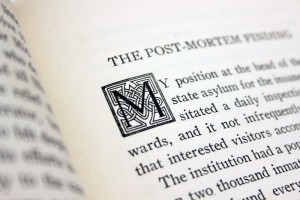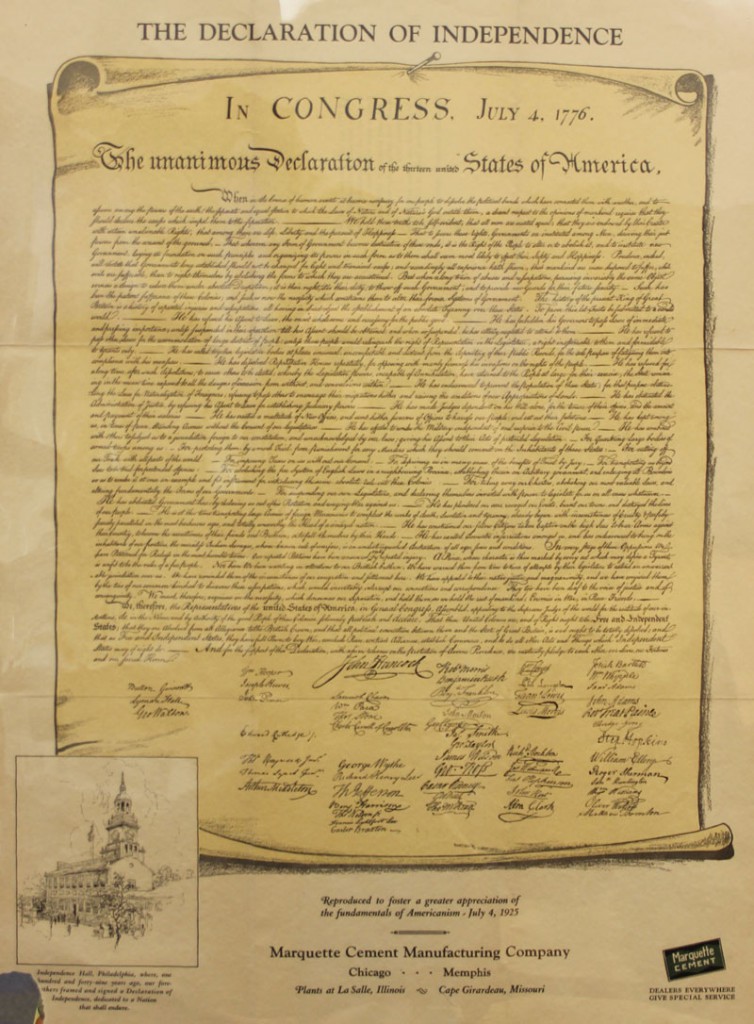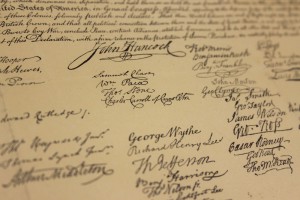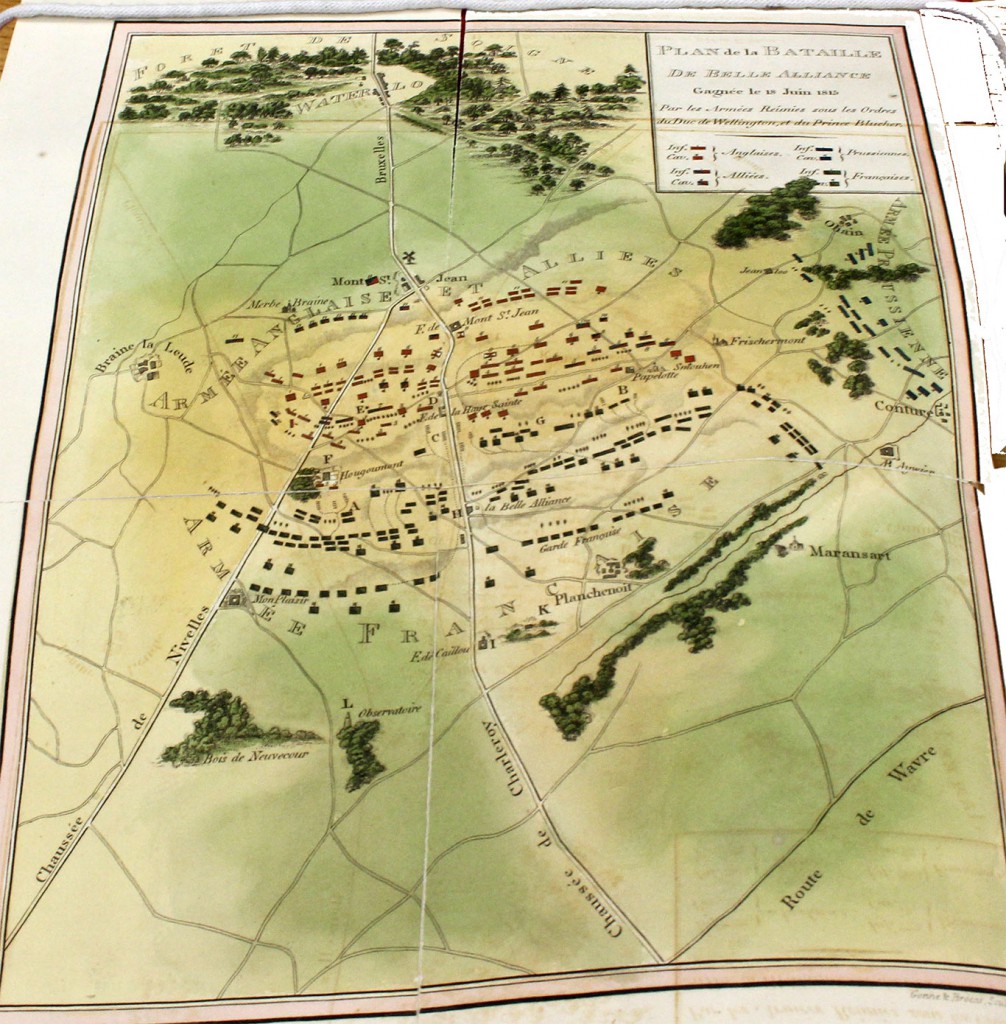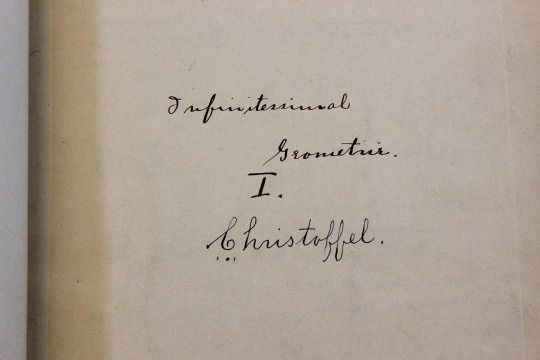You, whose greatcoats were lithely streaming,
Reminiscent of broad sails,
Whose voice and spurs were gaily ringing
Like silver bells,
Whose eyes, like diamonds, were leaving
On hearts their delightful trace,–
The charming fops of vanished being
In time and space.
(Marina Tsvetaeva, To the Generals of 1812)
“The Battle of Waterloo was fought on Sunday, 18 June 1815, near Waterloo in present-day Belgium, then part of the United Kingdom of the Netherlands.”
Two hundred years ago two very ambitious generals met in the battlefield.
Napoleon Bonaparte, former Emperor of the French, and Arthur Wellesley, Duke of Wellington, had a lot in common: both were forty-six years old, born only a few month apart; both had very little interest in education, but could make rapid and precise mental calculations; overconfident and dictatorial, both were unhappily married yet loved by many women. The difference between them was one — but a major one: Wellington was born noble, while Napoleon was not… That defined their characters: almost “supernaturally balanced” Wellington was not vain in any sense, treated everyone equally, with the same directness, from monarchs to soldiers; Napoleon admired pomp, power and attention; treated people as inferiors, including kings and princes. Wellington cared for his soldiers, never sacrificed his troops for a quick victory; Napoleon was his complete opposite, could not stand rivals and claimed all credits for victories for himself. He never learned from his failures, in which he usually blamed others.
The battle of Waterloo was one of the bloodiest at the time. More than fifty thousand men and countless horses were left dead on the field at the end of the day.
It seems that fate was not on Napoleon’s side this time. It had been raining the whole night before, and by the dawn the battlefield turned into a bog. Napoleon’s cannons got stuck in the heavy mud up to the axles; Wellington’s smaller troops were positioned uphill, so Napoleon’s cavalry could not effectively attack; while Wellington was athletic and exceptionally fit, Napoleon’s suffering from hemorrhoids that day was also seen by historians as the reason for his failure; both sides were exhausted in the five hours of fighting, when Blucher with his Prussian troops arrived and decided the outcome of the battle in favor of the Allies. This ended Napoleon’s military career and the war which was going on and off since 1805.
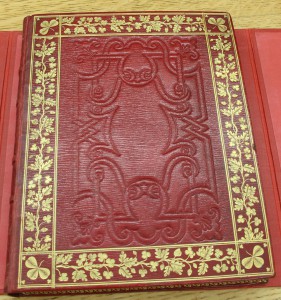 Here in Special Collections we have a very beautiful book, A Summary of the Life of Arthur Duke of Wellington: from His First Achievements to the Decisive Battle of Waterloo, June 18, 1815, by Robert Southey.
Here in Special Collections we have a very beautiful book, A Summary of the Life of Arthur Duke of Wellington: from His First Achievements to the Decisive Battle of Waterloo, June 18, 1815, by Robert Southey.
Known mostly as one of the finest poets of the so called “Lake School”, Robert Southey (1774-1843) was also known to his contemporaries as a biographer of John Wesley and Lord Nelson, and to the majority of us as the author of “The Three Bears”.
The book in our collection is bound in a crimson morocco leather with gold tooled borders. But the most delightful secret lurks in its fore-edge paining. Practically unnoticeable to the unsuspecting reader, it suddenly reveals a battlefield when edges are squeezed properly. You can then see charging soldiers, explosions… And if you look long enough you might even hear a distant rumble of cannons!


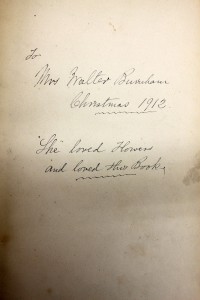
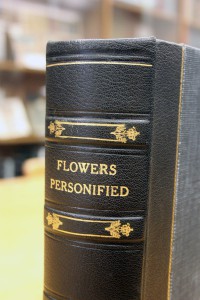
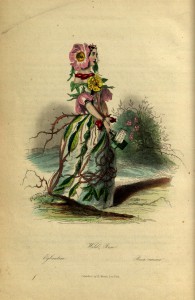

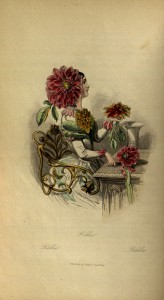

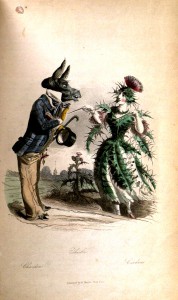
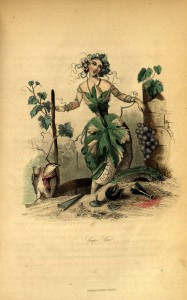

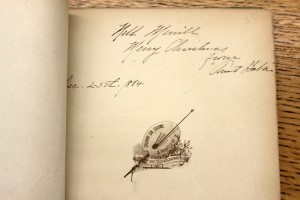
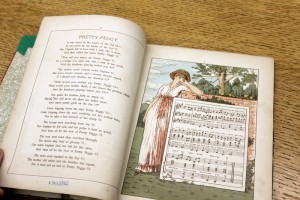
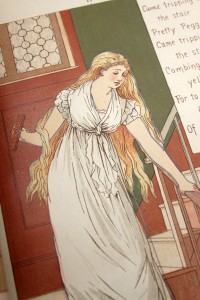

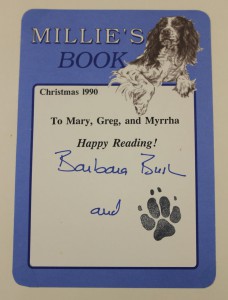


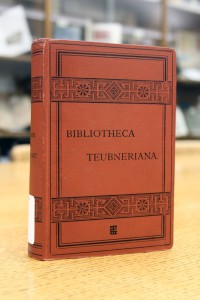
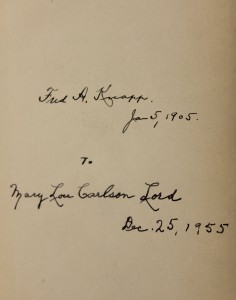
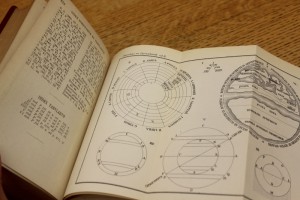

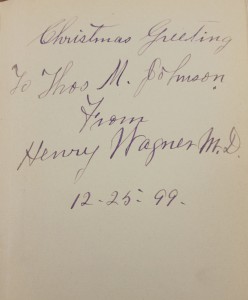
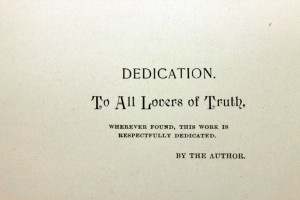
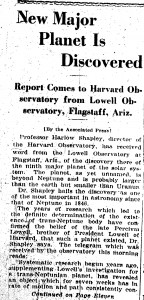
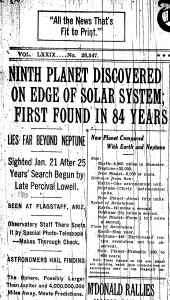
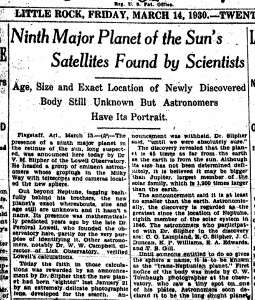

![IMG_2888[1]](http://library.missouri.edu/news/wp-content/uploads/sites/53/2015/07/IMG_28881-300x200.jpg)
![IMG_2887[1]](http://library.missouri.edu/news/wp-content/uploads/sites/53/2015/07/IMG_28871-300x212.jpg)
